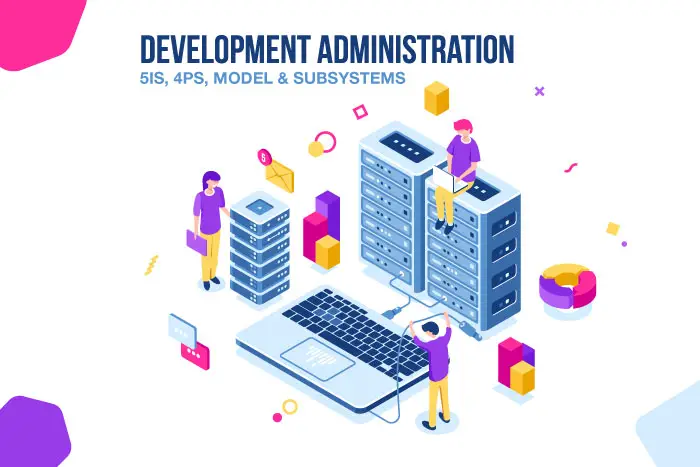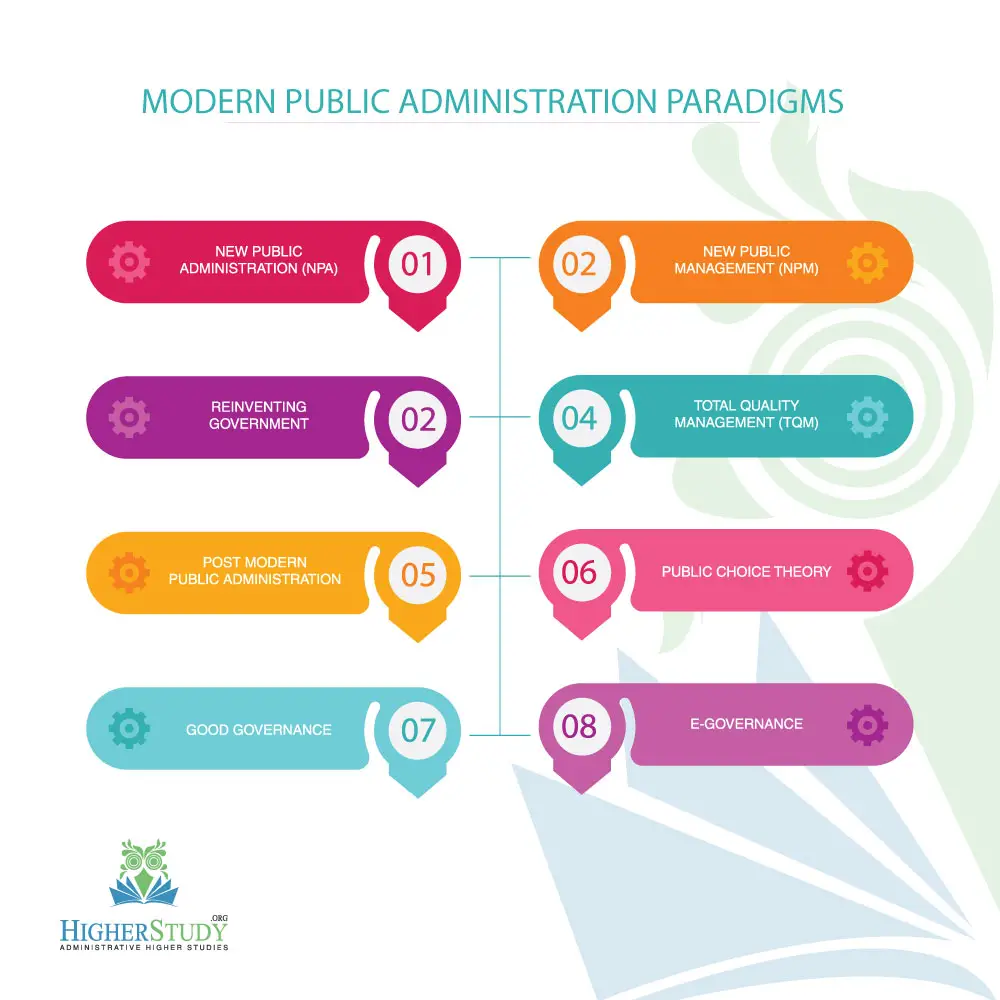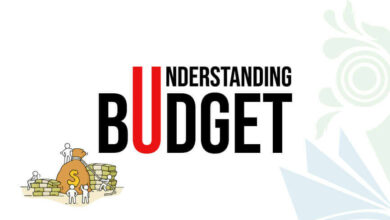The Concept of Development Administration – 5Is, 4Ps, Models & Subsystems
As an occupational field, public administration is common to all nations, whatever their system of government. Whether monarchical totalitarian, socialist, parliamentary, or congressional–presidential, all countries require public administration as machinery to affect the government’s policies. This administrative system is the product of society. The social norms and values of a country determine the nature of its public administration. It is why it is difficult to have any universal theory of public administration. However, it often goes in traditional public administration and regular development administration in the current literature.
Table of Contents
Development Administration (DA)
Development administration (DA) plays the role of changing agents through the proper handling of socio-political, administrative, and economic dynamics for the desired end. DA is often given the way a country’s government acts to fulfill its role in achieving development.
DA is thus, a career of innovation values. As the term commonly used, it embraces the new functions assumed by developing countries on the path of modernization and industrialization.
So for development administration, an increase in the government’s capacity is necessary. This capacity is expressed through the establishment of government units.
Scope of Development Administration
DA operates within a framework that emphasizes efficiency, equity, sustainability, and participatory approaches to address the diverse needs and challenges of society.
- Policy Management: Developing, implementing, and evaluating policies conducive to socio-economic progress.
- Program Coordination: Coordinating various development programs and projects across different sectors and levels of governance.
- Resource Allocation: Efficiently allocating financial, human, and infrastructural resources to support development initiatives.
- Capacity Building: Enhancing the skills, knowledge, and capabilities of individuals and institutions involved in development activities.
- Monitoring and Evaluation: Regularly monitoring and evaluating the impact and effectiveness of development interventions.
- Infrastructure Development: Facilitating the construction and maintenance of essential infrastructure such as roads, bridges, utilities, and telecommunications.
- Poverty Alleviation: Implementing strategies and programs aimed at reducing poverty and improving the living standards of marginalized populations.
- Healthcare and Education: Ensuring access to quality healthcare services and promoting education and literacy for all members of society.
- Environmental Conservation: Supporting initiatives for environmental sustainability, conservation, and climate resilience.
- Inclusive Growth: Promoting equitable economic growth that benefits all segments of society, including marginalized and vulnerable groups.
Two Aspects of Development Administration
The concept of development administration includes two aspects. Such as:-
- Administration for Development
- Development of Administration
1. Administration for Development
This aspect focuses on using administrative mechanisms, policies, and practices to facilitate and support the process of socio-economic development. It involves the effective management and implementation of development initiatives, including planning, resource allocation, program coordination, and monitoring and evaluation, to achieve desired developmental goals and outcomes.
2. Development of Administration
This aspect involves strengthening and improving administrative systems, institutions, and capacities to better support and sustain development efforts. It emphasizes enhancing the efficiency, effectiveness, transparency, and accountability of administrative processes and institutions, as well as promoting innovation and learning within the administrative framework to adapt to changing development challenges and priorities.
Both these two sides are interrelated. The essence of DA today lies in its capacity to bring about the congruence between the programs designed to change the structure and behavior of various institutions to develop an acceptance for the change and finally conduct multiple activities to sustain and support the changed objectives.
It should be noted that as the multiplicity of the concept of development – DA is also multidimensional, and it conveys some meaning in a different context. The conceptual sense of development administration was deeply rooted in the CPA (Comparative Public Administration) movement after World War II. To most of the authors, DA is the byproduct of Comparative Public Administration.
5Is of Development Administration
Development administration also centers on man – it is not mechanistic but humanistic. Besides the POSDCORB function, it adheres to the importance of five Is (5Is). Such as:-
- Information – Access to accurate and timely information is crucial for decision-making in development administration. It includes data collection, analysis, and dissemination to relevant stakeholders.
- Inspiration – Inspiring individuals and communities is vital for mobilizing support and fostering commitment towards developmental goals. Inspirational leadership can drive positive change and motivate stakeholders to actively participate in development initiatives.
- Innovation – Encouraging innovation leads to the discovery of new solutions and approaches to address developmental challenges. It involves promoting creativity, experimentation, and the adoption of new technologies or methodologies.
- Interjection – Interjection involves injecting fresh perspectives, ideas, and feedback into the administrative process. It encourages dialogue, collaboration, and the incorporation of diverse viewpoints to enhance decision-making and problem-solving.
- Integration – Integration emphasizes the need to coordinate and harmonize various aspects of development administration. It involves aligning policies, programs, and resources to ensure coherence and synergy in achieving developmental objectives.
4Ps of Development Administration:
According to Dean Donald Stone, development administration is concerned primarily with the tasks and processes of formulating and implementing the four Ps (4Ps). Such as:-
- Plan: Some sort of planning is necessary for any change and development in broader perspectives like a Five-year plan, Two-year plan, etc.
- Policy: It means a little more specific perspective than the plan — for example, the fiscal policy of one year or every year of any government for development.
- Program: It is concerned with the material arrangement required for executing development activities.
- Project: The specific work under some economic or social development program, such as in any particular irrigation or hydroelectric project in any part of the country.
The content of the four Ps (4Ps) varies from purpose to purpose. The plan is an intention or objective from a broader perspective. For example, “To Improve Food Production” is a governmental plan. It is a part of the government’s entire layout and hence based on the governmental agricultural policy. To increase food production, the government has to forward with some programs.

Systems of Development Administration:
After the program has been, the forwarded government has to identify a specific project to implement a particular program, however, in terms of a simple input-output model. Development administration can be described in the following way:-
- Goals: Administration, which produces growth in GNP (Gross National Product), improves the quality of life, and maintains a cultural identity.
- Output: An effective political and administrative apparatus that can formulate appropriate development plans and implement them with maximum effect on the environment.
- Inputs: Very few resources, either physical or human, high aspiration, very little time.
Transportation is characterized by:-
- The constant danger of entropy through overloading the system
- Through too many inputs or the system, the constant threat of an upset to the homeostatic state becomes rigid.
- Over-elaboration through political demands and
- Failure to understand equifinality.
The subsystem of Development Administration:
The Development administration needs to be viewed in terms of five subsystems. For instance:-
- Goal-seeking Subsystem: Establishing clear development objectives and strategies to guide initiatives effectively.
- Technical Subsystem: Applying specialized knowledge and skills in areas such as engineering, economics, and management to implement projects efficiently.
- Social Subsystem: Recognizing and addressing social dynamics, ensuring inclusivity, and fostering community participation in development efforts.
- Controlling Subsystem: Monitoring progress, evaluating outcomes, and enforcing standards to maintain accountability and optimize performance.
- Environmental Interaction Subsystem: Assessing and managing environmental impacts to promote sustainability and resilience in development activities.
Development administration always goes hand in hand with development planning, which brings about changes in the administration. These changes in the mode of administration have brought about a power struggle between the elected representatives like politicians and civil service for deciding key policy issues relating to development administration. Any conceptualization of development administration. Therefore, it has the fundamental problem of accessing each of these contending forces’ roles and suggesting an operational model capable of inter-grading these two dominant elements for the active organization of development administration.
Conclusion
In the final analysis, the theory of development administration will depend upon the clarification of establishing the roles of the forces operating within various groups, assessing their potentialities, and then developing a model that establishes the relationships between their respective values and behavior.
FAQs
There are provided the following FAQs with short answers that convey a mode of the Department of Commerce economic development administration. Such as-
What is development administration?
Development administration refers to the process of managing and implementing policies, programs, and projects aimed at promoting socio-economic development within a society or community.
What is the role of development administration?
The role of development administration is to facilitate and support the process of development by planning, coordinating, and implementing initiatives that address socio-economic challenges, promote equitable growth, and improve the quality of life for individuals and communities.
What are the three concepts of development administration?
The three concepts of development administration are efficiency, equity, and sustainability. Efficiency emphasizes the effective utilization of resources to achieve developmental goals. Equity focuses on ensuring fair and equal access to opportunities and benefits of development. Sustainability highlights the need to pursue development in a manner that preserves environmental, social, and economic resources for future generations.
What are the characteristics of development administration?
Characteristics of development administration include a focus on human-centered approaches, flexibility and adaptability, participatory decision-making, emphasis on local context and culture, integration of diverse perspectives, and a commitment to transparency and accountability.



